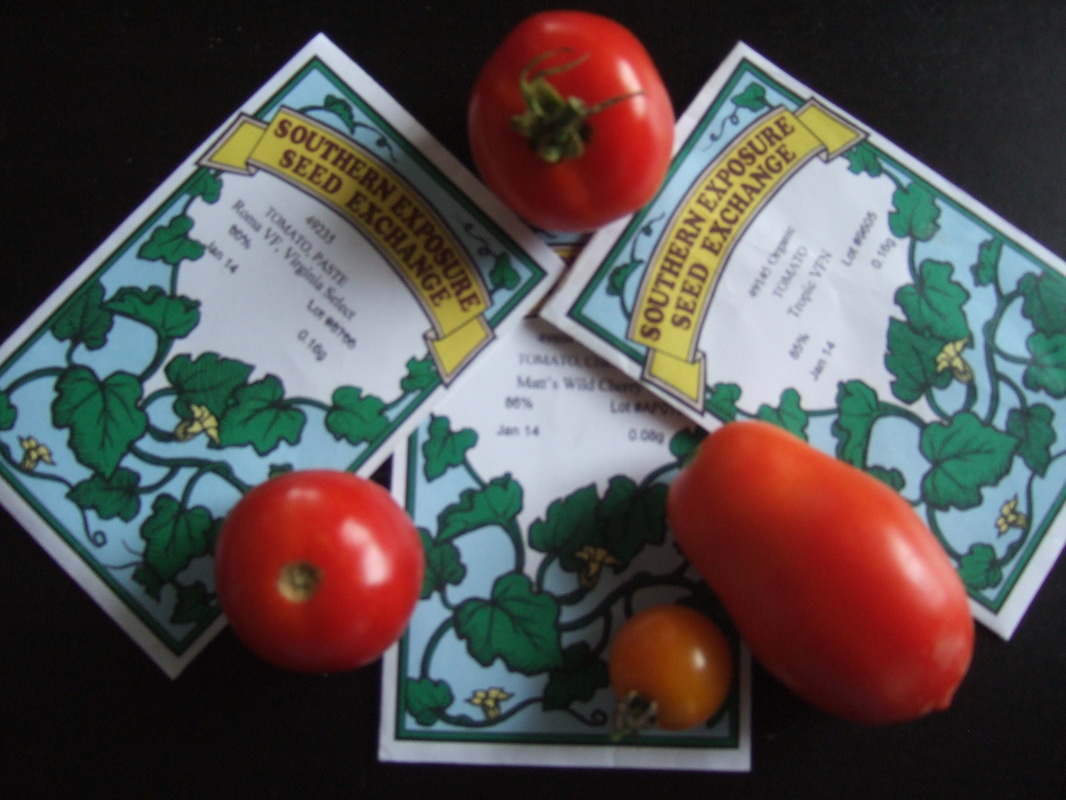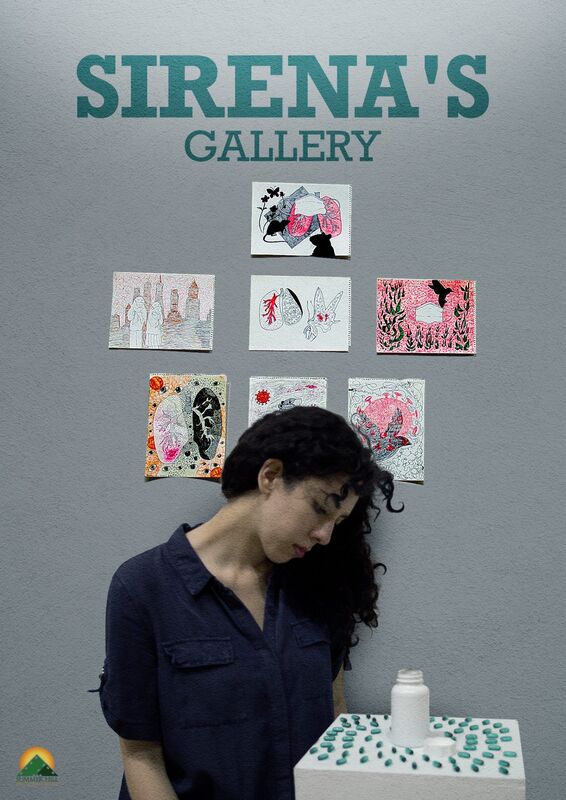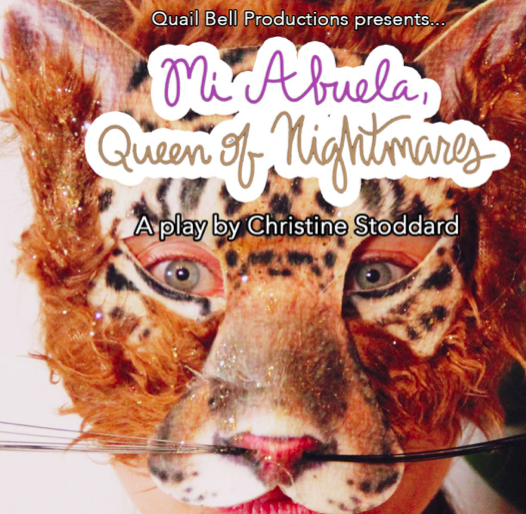|
The Breadcrumbs widget will appear here on the published site.
Advice From a Tomato
By Jody Rathgeb
QuailBellMagazine.com
I am not the gardener in my family. I will help my husband with weeding and watering, but he is the one who maps out the plantings, orders the seeds and does the actual digging and planting. I do, however, participate in harvesting, especially when the tomatoes ripen. That’s when I have tomatoes at every meal and glory in ratatouille, gazpacho, homemade salsa, spaghetti sauce and other recipes.
I will spare you my description of the perfect tomato sandwich. If you aren’t a tomato lover, you won’t care, and if you are one I’m sure you have your own description and adjectives. Let’s just say that when my husband Tom received an invitation from Southern Exposure Seed Exchange to attend a tomato tasting and garden tour, I was quick to put the event on my calendar. Southern Exposure is a center of seed saving and heirloom vegetables, operating a network of farms and gardens to collect vegetable varieties. Its 72-acre facility in Mineral, Va. includes germination testing, seed storage, a drying barn and fields of test plots. Its catalog is a cross between the Old Farmer’s Almanac and the J. Peterman style of beautiful drawings, photography and descriptions … veggie porn! We didn’t know what to expect of the event, but as we drove deeper into the country on a dry buzzy-insect summer day, we knew it was the right setting for a tomato tasting. At the farm, we were charmed by its rural, 1960s counterculture atmosphere: lots of long skirts and tie-dye, a mosaic mural above the door, a goat in the yard and one “rescue cow” in the field (it’s a complicated story). We tasted first (Matt’s Wild Cherry, Green Zebra, Mexico Midget, etc.), then toured the fields, picking up new bits of info along the way: Tomatoes are susceptible to a disease that can be spread by contact with tobacco. Because there might be smokers among the visitors, we were not permitted to walk through the tomato plots. “Greasy” beans, which have to be strung, are generally more flavorful than other snap green beans. If they are harvested while still young, winter squashes can be eaten like summer squash and zucchini. Even luffa gourds are edible if you get them early. If not, harvest them when big and dry them for the shower. Not everything grown on a seed farm will be harvested for seed. Some plants are there for research purposes, with workers taking notes to improve the information in the catalog. Some are being tested. And some are the glamour models, to be used for the photos and drawings that accompany the catalog varieties. The best lesson of the day, though, was the short description of Southern Exposure’s mission, printed on the catalog cover: Saving the past for the future. It of course refers to the many heirloom varieties that the seed exchange carries, but as I reflected on the phrase I could see a deeper meaning. Yes, save the past for the future. Who can’t use that? If they follow the advice of a tomato, urban developers might preserve history instead of paving it over. Homemakers would understand the value of recycling. Artists of all types could recast what is gone to create something new. Those in business might actually learn from their mistakes instead of repeating them. Anyone who wants to live creatively can benefit by saving a bit of the past. Those seeds can then be planted to grow something new in the future. If it’s an idea, use it. If it’s a tomato, eat it.
#Real #Gardening #Tomatoes #VeggiePorn #GardenFestivals #UrbanDevelopment
Visit our shop and subscribe. Sponsor us. Submit and become a contributor. Like us on Facebook and follow us on Twitter.
CommentsComments are closed.
|
|










